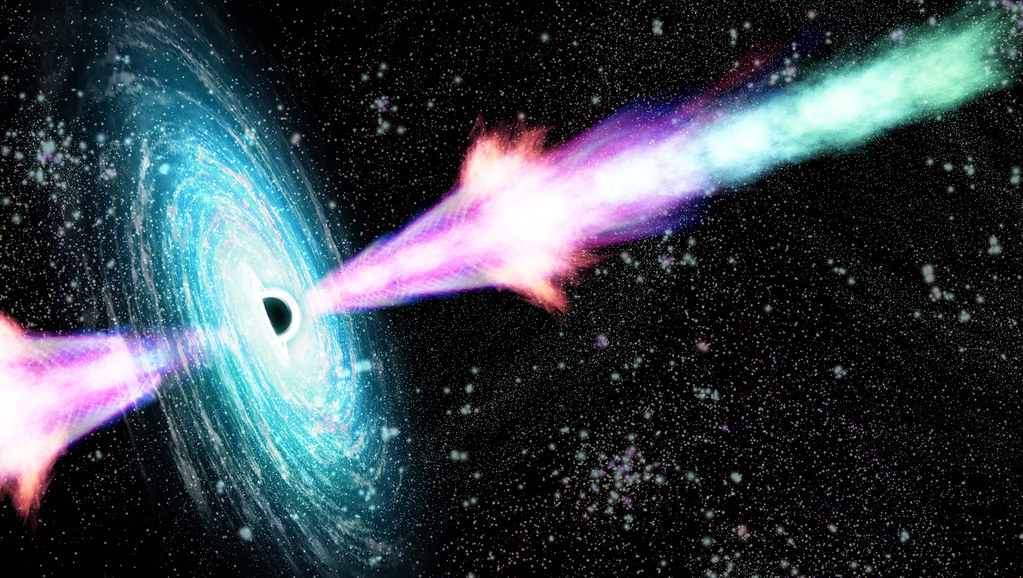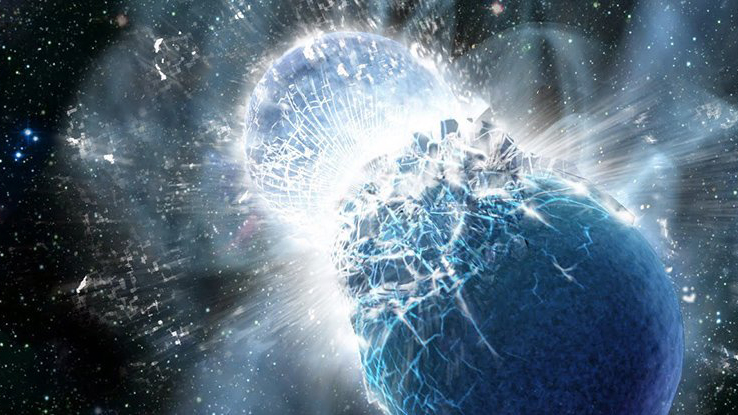gamma rays
Groundbreaking new research suggests gamma-ray bursts are caused by a star’s collapsing magnetic field.
This discovery finally points to the source of Earth’s precious heavy elements, also proves Einstein correct in more ways than one.

